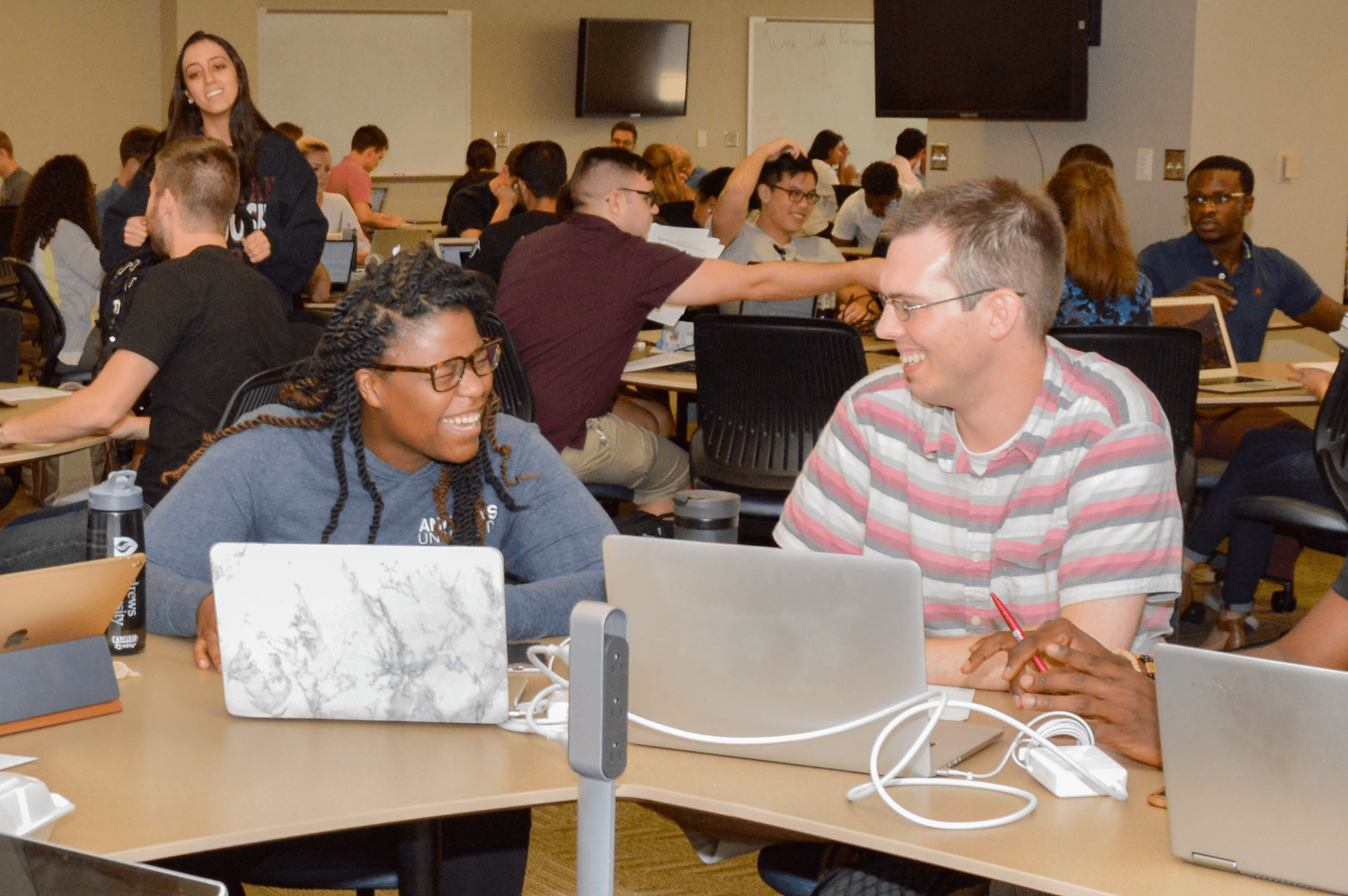The courses you take are important; not only for your knowledge as a medical professional, but as a student trying to retain mass amounts of information.
We strive to make every class as efficient and relevant as possible. Using past survey data, we made the following improvements as part of our effort to make IU the best medical school in the country.
